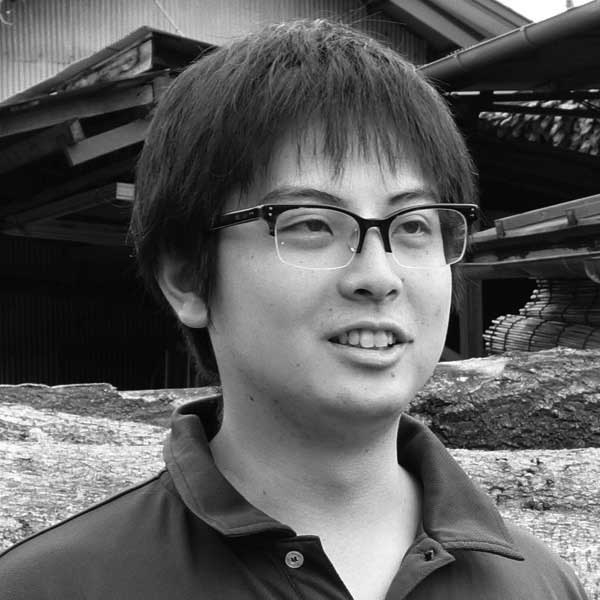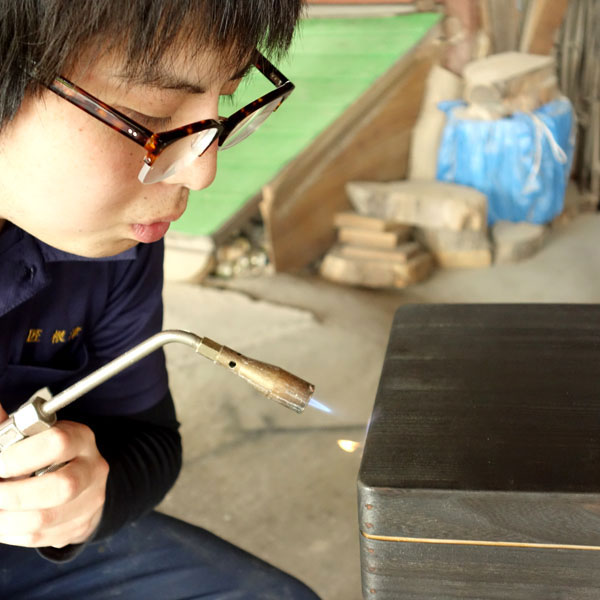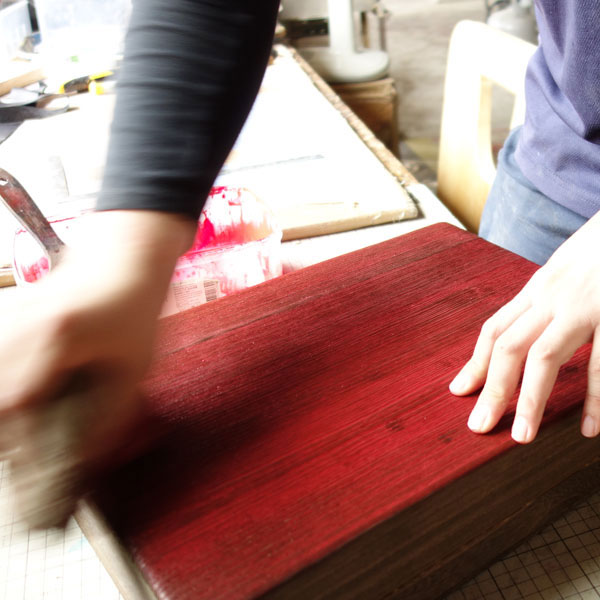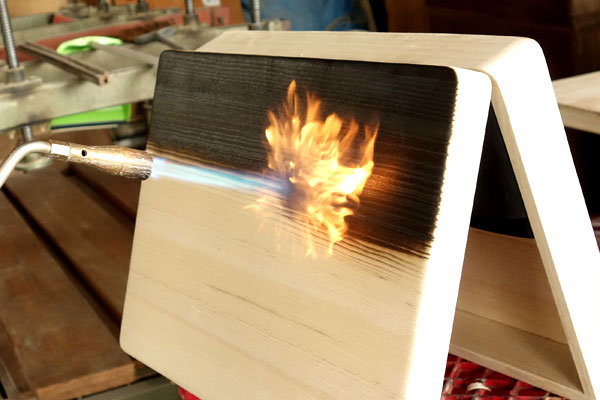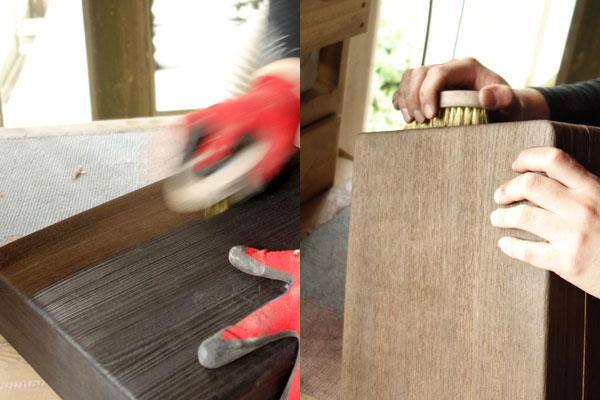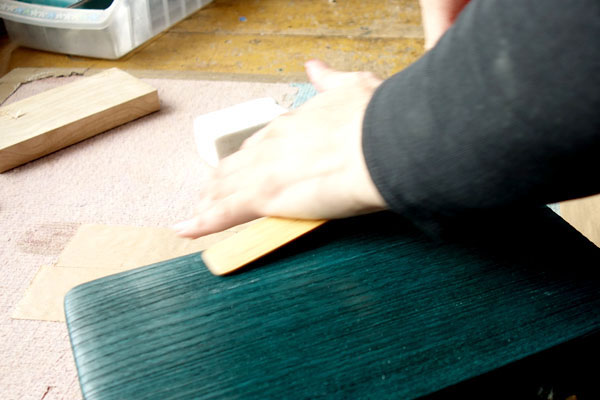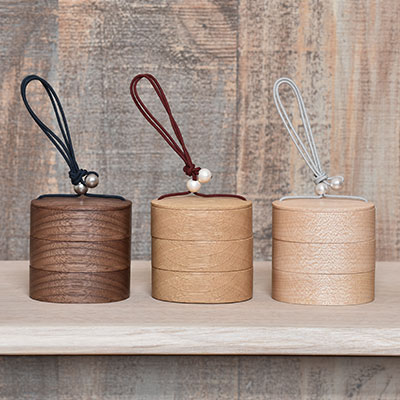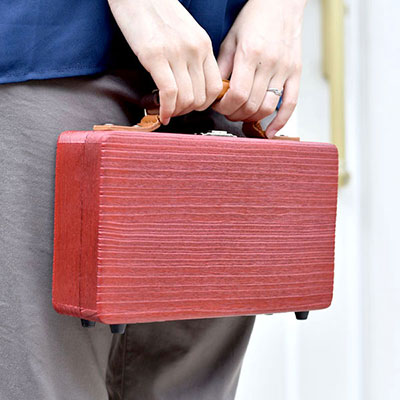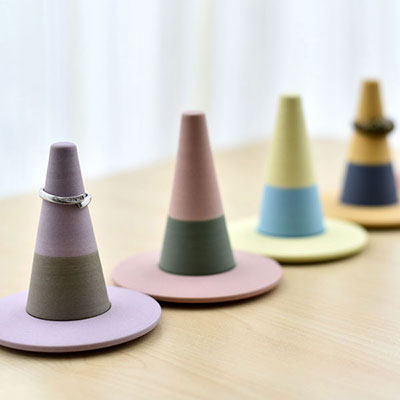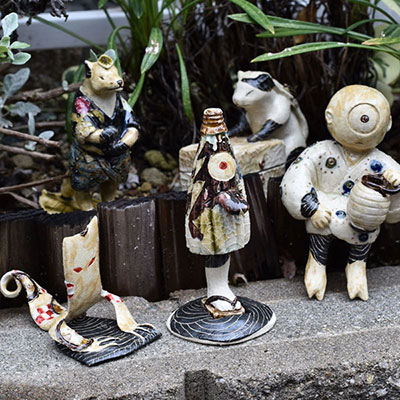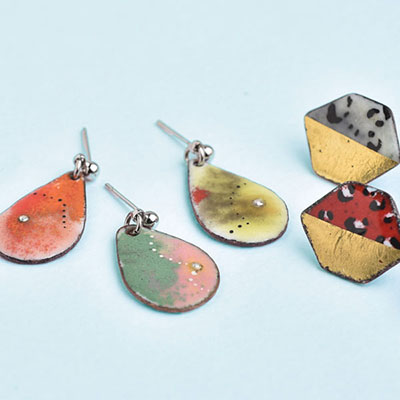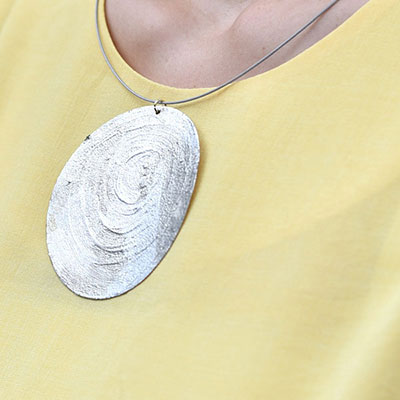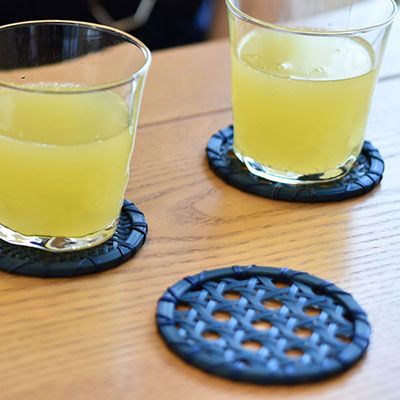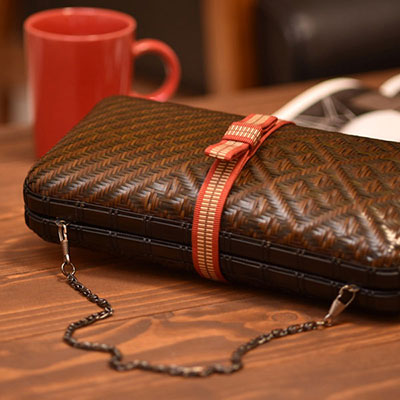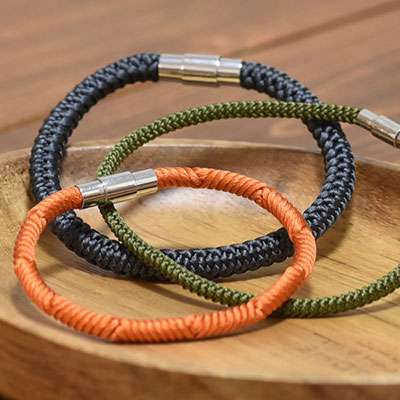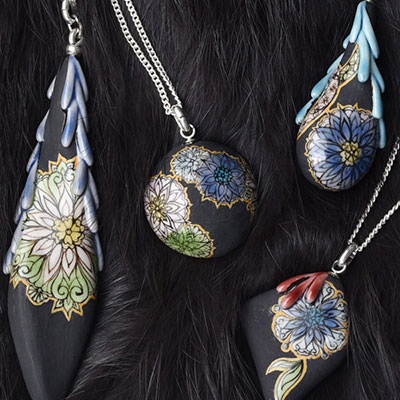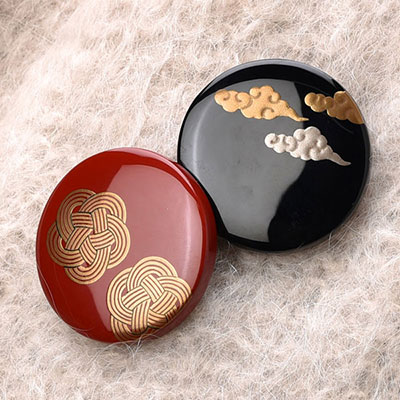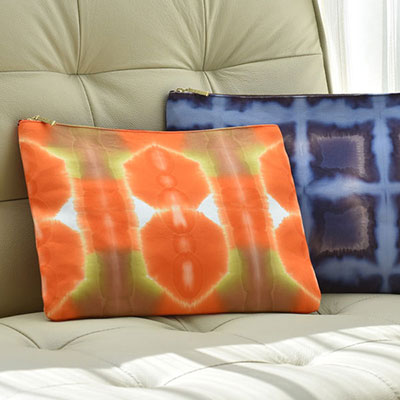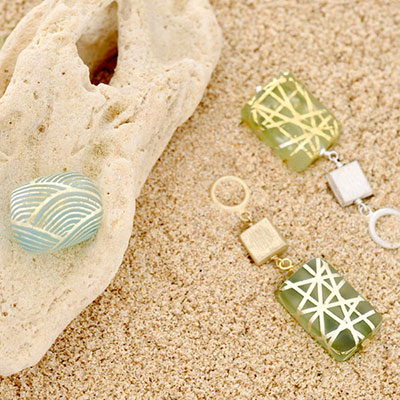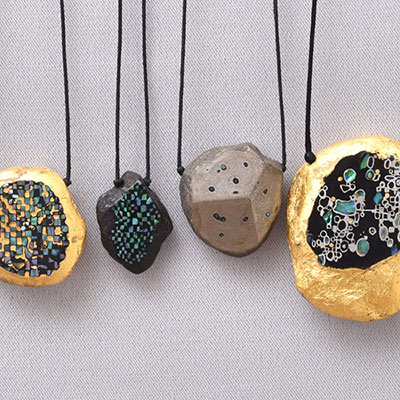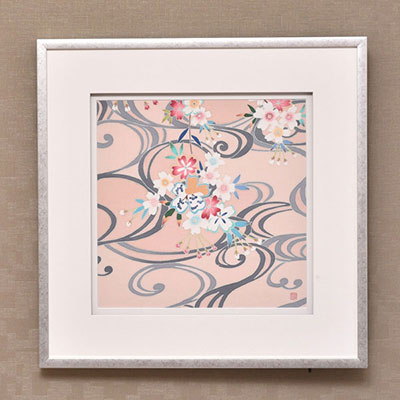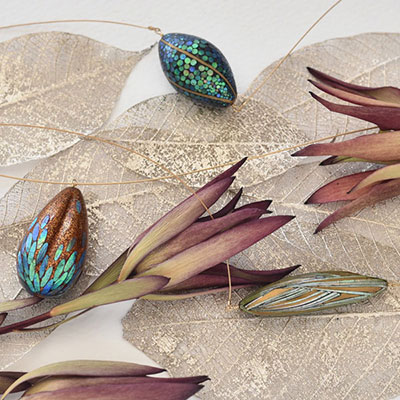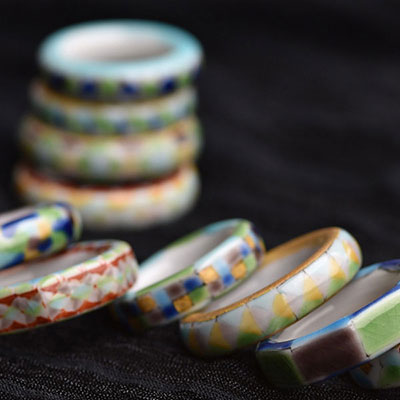Story
Nowadays woodwork products are not used so much in our daily lives. Mr. Nezu’s initial inspiration for his Paulownia bags was that he wanted more people to know more about the merits of using Paulownia wood. He was keen to create fashion items, and has produced bags which combine traditional techniques for highlighting the grain of the Paulownia wood with bright, vivid colors. These bags will certainly grab people’s attention, and will add a bit of an edge to your fashion look!
Features of Paulownia wood (kiri)
The wood of the Paulownia tree (kiri) is the lightest of all native trees in Japan. It is moisture absorbent, has good insulating properties and is naturally insect resistant. For these reasons, it often tends to be used for making chests of drawers, boxes and wooden clogs geta. It has a softness, which feels familiar to the touch. Japanese arts and crafts Kogei products made of Paulownia make use of these characteristics. Japanese people like using them in their daily lives. Paulownia boxes (kiribako are highly regarded for use as luxury vanity cases (they exude a sense of luxury from a Japanese point of view).
